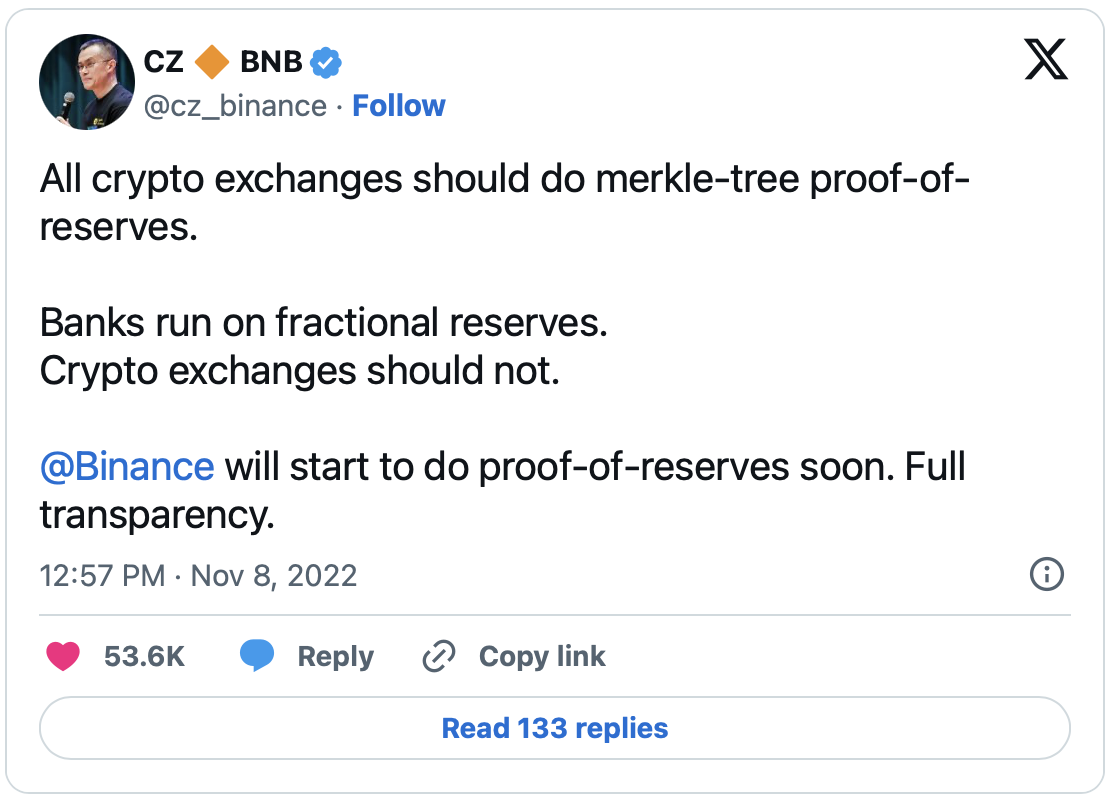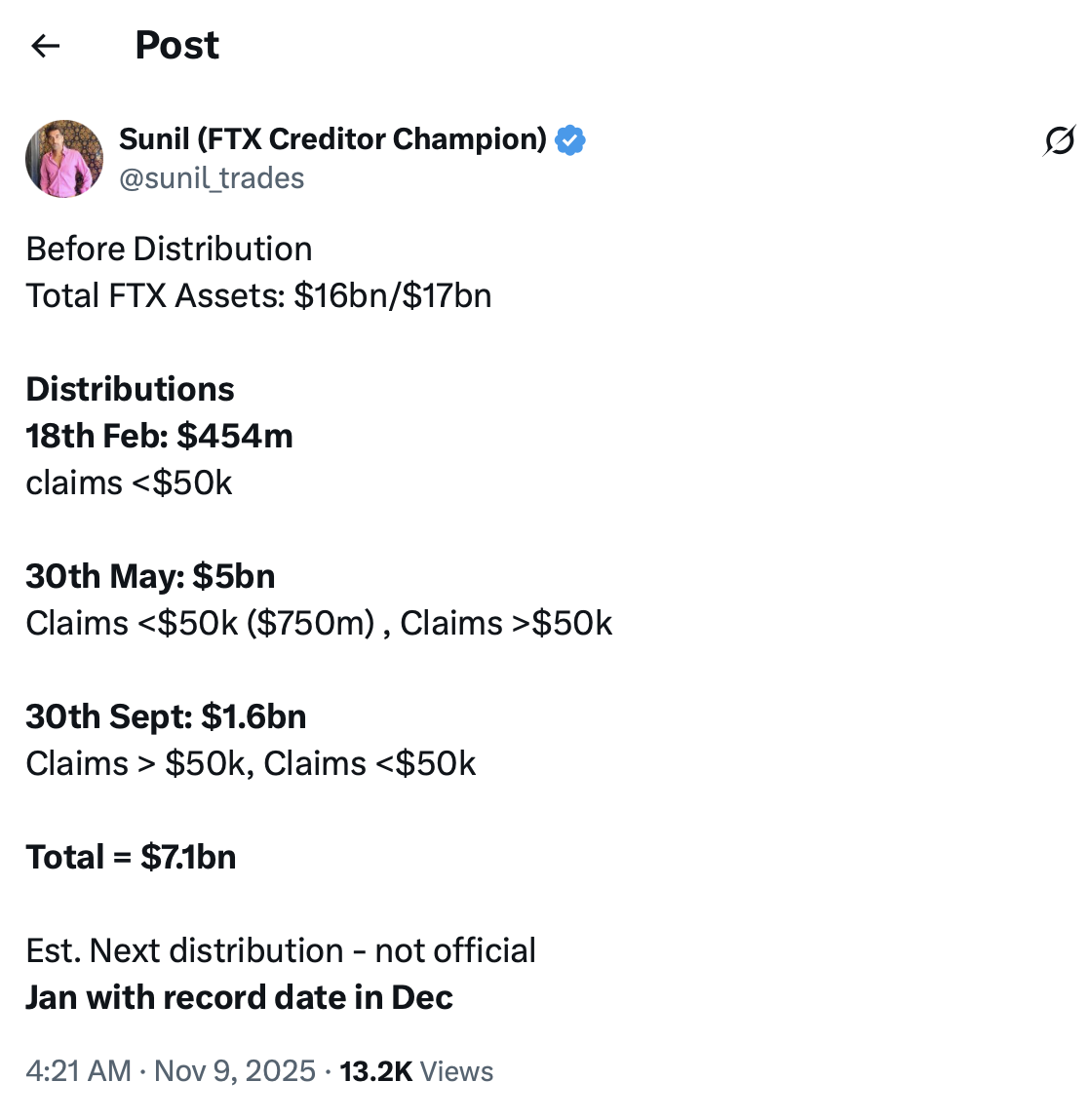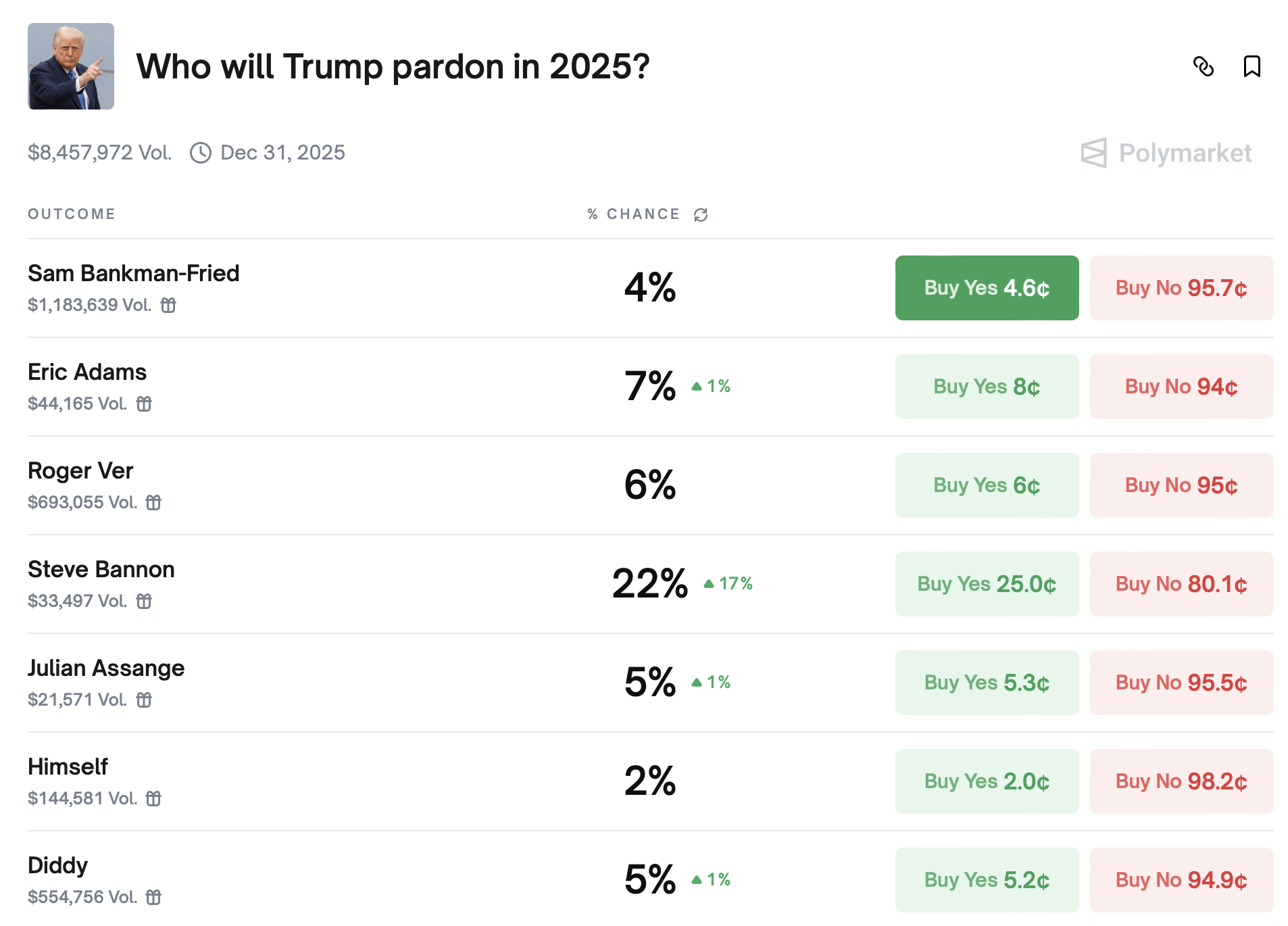The FTX bankruptcy in 2022 drove major advances in crypto transparency, prompting centralized exchanges to implement proof-of-reserves audits and DeFi protocols to bolster risk management, though many affected creditors remain unpaid three years later.
-
Post-FTX, exchanges published proof-of-reserves to rebuild trust amid $20 billion in user withdrawals.
-
DeFi platforms enhanced governance and self-custody practices to mitigate future risks.
-
Creditors have received $7.1 billion in distributions, but real recovery lags due to cash payouts versus crypto’s rebound to $103,000 for Bitcoin.
Crypto transparency post-FTX: Explore how the 2022 collapse spurred reforms in exchanges and DeFi, yet creditors await full recovery. Stay informed on industry evolution and regulatory shifts today.
How has the FTX bankruptcy impacted crypto transparency?
The FTX bankruptcy marked a pivotal moment in the cryptocurrency sector, compelling widespread adoption of transparency measures across centralized and decentralized platforms. Filed on November 11, 2022, the collapse erased billions in liquidity and eroded user confidence, leading to immediate regulatory scrutiny and industry self-reform. Three years on, proof-of-reserves attestations and on-chain analytics have become standard, though full implementation varies, and some victims continue to face financial shortfalls.
What transparency measures did centralized exchanges adopt after FTX?
Centralized exchanges (CEXs) faced intense pressure following the FTX fallout, with users pulling out over $20 billion from major platforms in the ensuing weeks, based on data from CoinGecko. To restore faith, Binance issued its initial proof-of-reserves report on November 10, 2022, followed by a Merkle Tree verification system for Bitcoin holdings just days later. Similarly, OKX, Deribit, and Crypto.com released their own attestations amid rising fears of broader contagion.
These initiatives provided snapshots of asset solvency but often fell short of continuous monitoring, drawing community critique for lacking liability disclosures. David Gokhshtein, a prominent voice in the space, emphasized on X that reserves alone mean little without balancing against obligations.

Source: David Gokhshtein
Thomas Perfumo, Kraken’s global economist, highlighted to Cointelegraph that the FTX events underscored the importance of governance and integrity in crypto, without indicting the technology itself. Such expert perspectives reinforce the need for robust, ongoing verification processes.

Source: cz_binance
While these steps advanced visibility, critics argue they represent partial progress, as many reports remain periodic rather than real-time, leaving room for enhanced auditing standards.
How has DeFi evolved in response to the FTX crisis?
The FTX collapse extended its ripples into decentralized finance (DeFi), accelerating demands for transparency and user empowerment through self-custody. Protocols shifted toward more resilient structures, incorporating advanced risk assessments and sophisticated governance models to better endure market volatility. Eddie Zhang, president of dYdX Labs, noted to Cointelegraph a clear evolution, with DeFi frameworks now designed to absorb shocks while prioritizing user control over assets.
This adaptation reflects broader industry maturation, where on-chain analytics and community-driven audits play key roles in verifying protocol integrity. DeFi’s emphasis on non-custodial solutions has grown, reducing reliance on centralized intermediaries prone to single points of failure, as seen in the FTX debacle.
Frequently Asked Questions
What repayments have FTX creditors received so far?
FTX has disbursed $7.1 billion across three rounds to eligible creditors, starting with $454 million in January for claims under $50,000, followed by $5 billion in May and $1.6 billion in September. A fourth round is anticipated in January 2026, drawn from recovered assets totaling about $16.5 billion as of October 2024.
Why are FTX creditor recoveries lower than expected despite cash payouts?
Cash distributions, while exceeding original claims, undervalue recoveries when compared to cryptocurrency’s surge since 2022. Bitcoin, which stood at $16,797 post-bankruptcy, now trades near $103,000, resulting in effective recovery rates of 9% to 46% according to creditor representative Sunil Kavuri.
Creditors still waiting for closure
Regulatory advancements like the GENIUS Act in the United States and the EU’s Markets in Crypto-Assets Regulation have bolstered oversight, yet closure eludes some FTX victims. Sunil Kavuri, a creditor advocate, reported on November 9 that distributions continue, but the shift to dollar-based repayments misses out on crypto’s post-crisis gains.

Source: Sunil_trades
With total assets recovered reaching $16.5 billion, the process underscores ongoing challenges in bankruptcy proceedings for digital assets, where market dynamics complicate equitable restitution.
SBF looks for a lifeline
Sam Bankman-Fried, former FTX CEO, is serving a 25-year term for fraud and conspiracy convictions. He recently appealed to the US Court of Appeals for the Second Circuit on November 4, claiming denial of innocence presumption and exclusion of solvency evidence from November 2022. Prediction market Polymarket pegs his 2025 pardon odds at just 4%.
Caroline Ellison, ex-Alameda Research CEO who aided prosecutors, started her sentence in late 2024, with release projected for mid-2026. These developments highlight lingering legal ramifications from the collapse.

SBF’s chances of being pardoned this year. Source: Polymarket
Key Takeaways
- Transparency Surge: The FTX bankruptcy accelerated proof-of-reserves and audits, enhancing exchange accountability.
- DeFi Resilience: Protocols adopted stronger governance and self-custody to prevent centralized failures.
- Ongoing Repayments: Creditors have seen $7.1 billion returned, but full crypto-equivalent recovery remains elusive amid market growth.
Conclusion
Three years after the FTX bankruptcy, crypto transparency has advanced through proof-of-reserves, DeFi innovations, and regulatory frameworks, fostering a more secure ecosystem. While centralized exchanges and decentralized protocols demonstrate progress, the incomplete repayments for creditors serve as a reminder of unresolved vulnerabilities. As the industry evolves, continued emphasis on integrity and user protection will shape a more stable future for digital assets.
